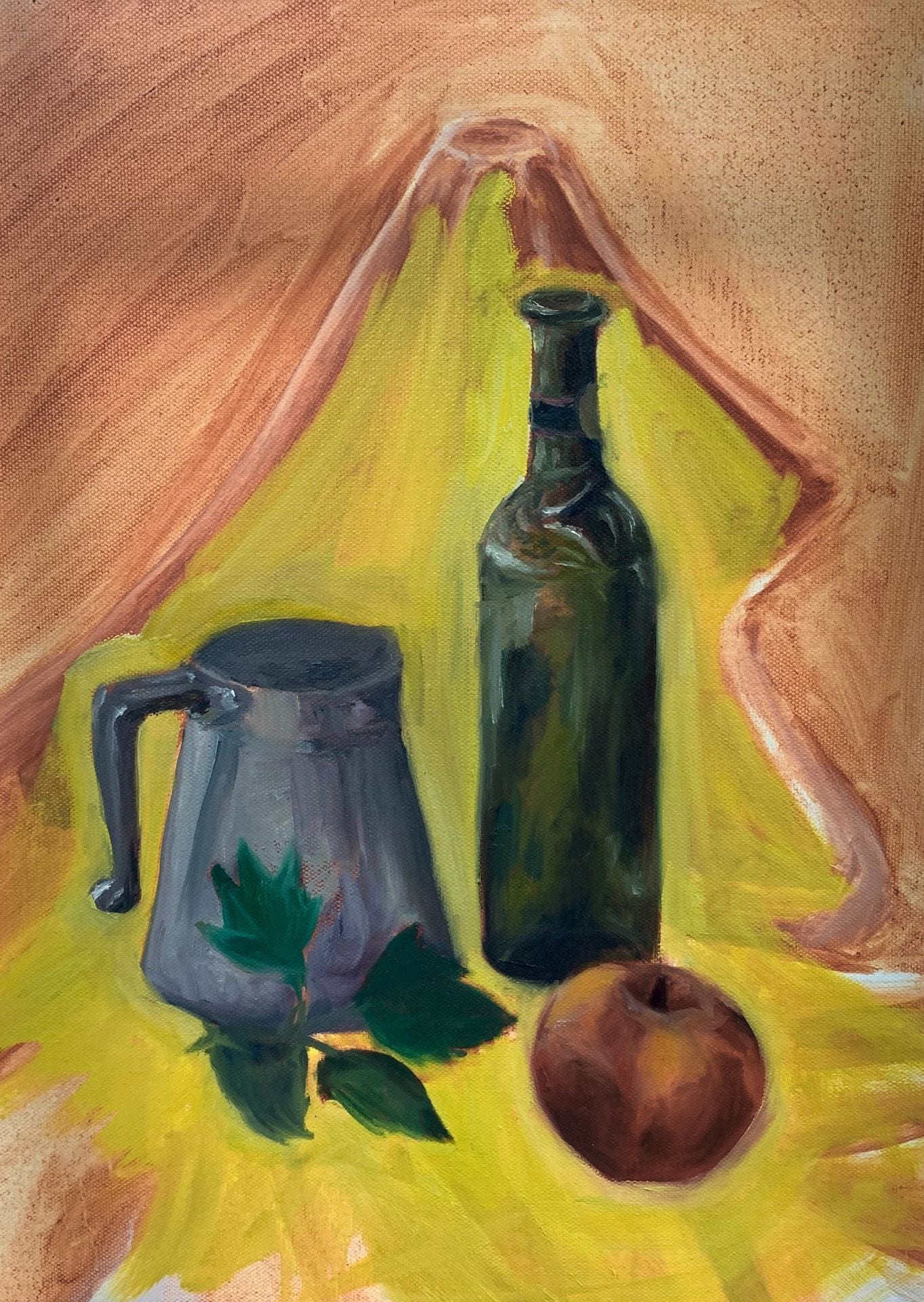By WILLOW DELP
“Five general stages are typically used to describe the process of decomposition in vertebrate animals: fresh, bloat, active decay, advanced decay, and dry/remains.”
—Wikipedia
Fresh
To rot is to join the raspberries in my fridge (so sweet, so short-lived.) To rot is to resist preservation; to be boldly, maddeningly temporal.
Bloat
To rot is to defy conservation. You are no taxonomized animal, you are a fragile human being with such little time to live atop this earth until you inevitably return to its core.
Active Decay
To rot is to be biotic (such a clinical term for the vivid messiness of its definition!) To rot is to be biological, ecological, ontological. To rot is to fuse with nature, to tie your very essence into the beating heart of the planet.
Advanced Decay
To rot is to combat your own consumption, to disintegrate rather than to be devoured. To rot is to forsake beauty; to cast aside that endless pursuit.
Dry/Remains
To rot is to sweat, bleed, and cry.
To rot is to live.
Writer | Willow Delp ’26 | wdelp26@amherst.edu
Editor | Chelsea Wang ’27 | chewang27@amherst.edu
Artist | Sofia Yadigaroglu ’26 | syadigaroglu26@amherst.edu
